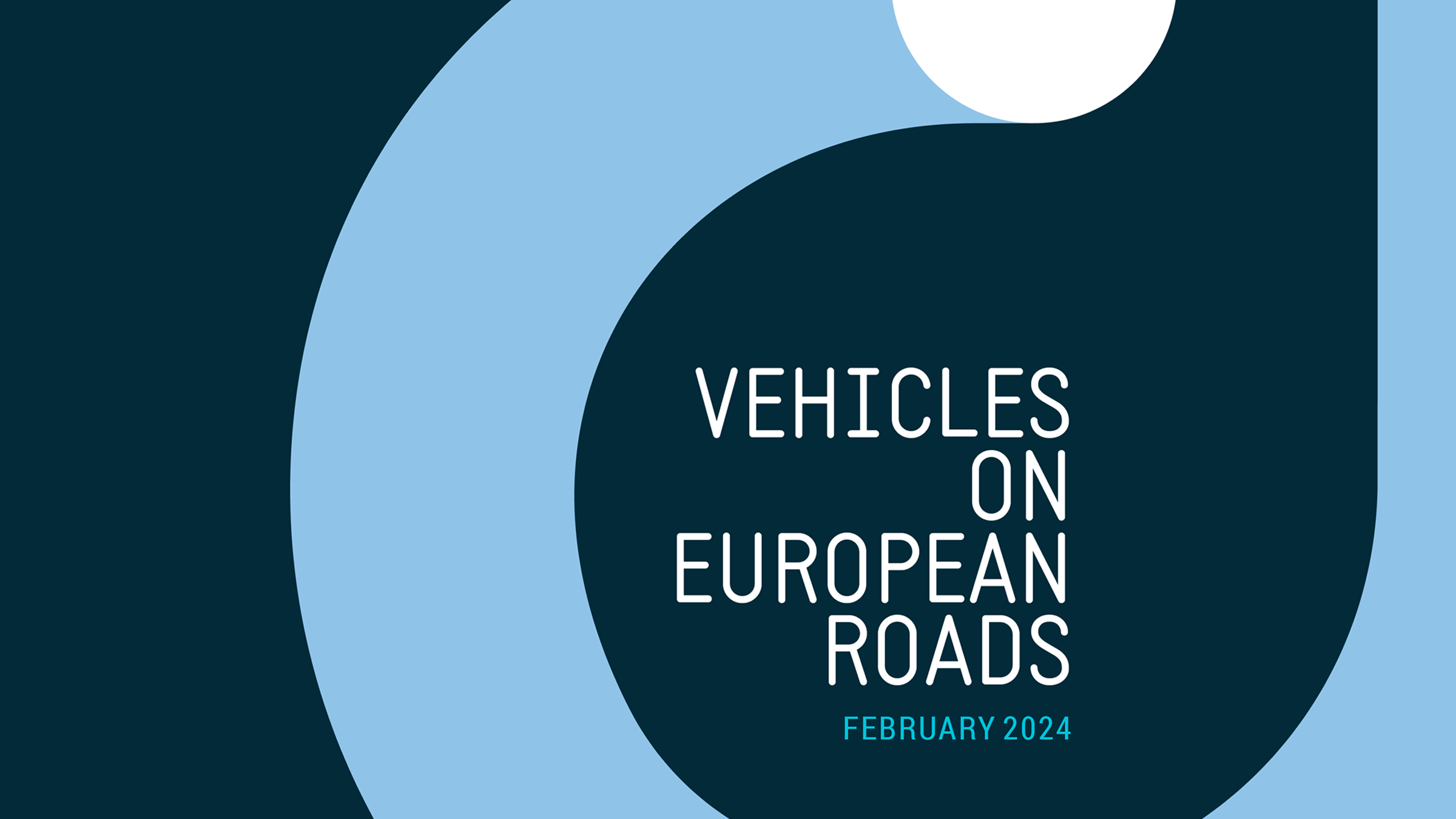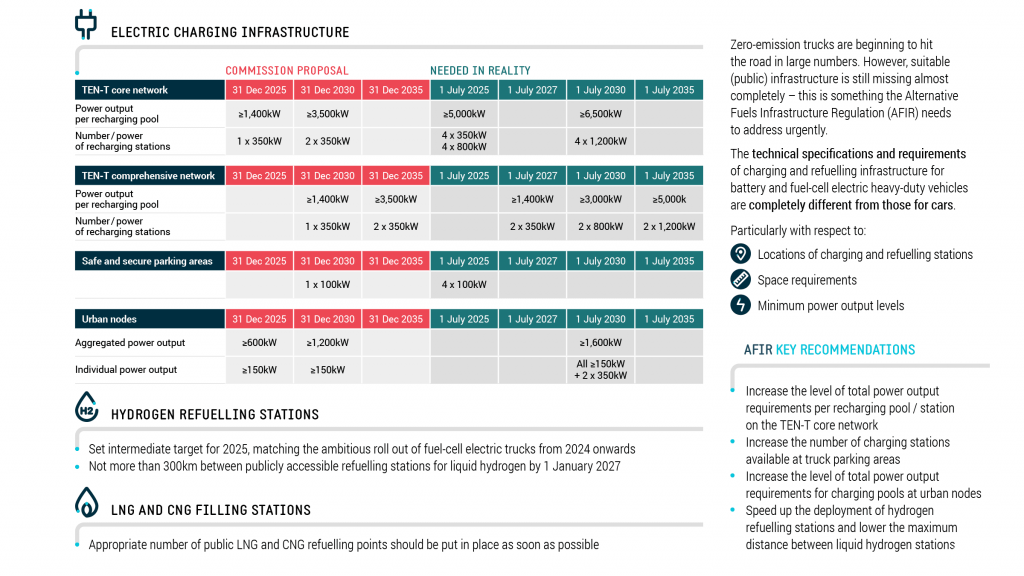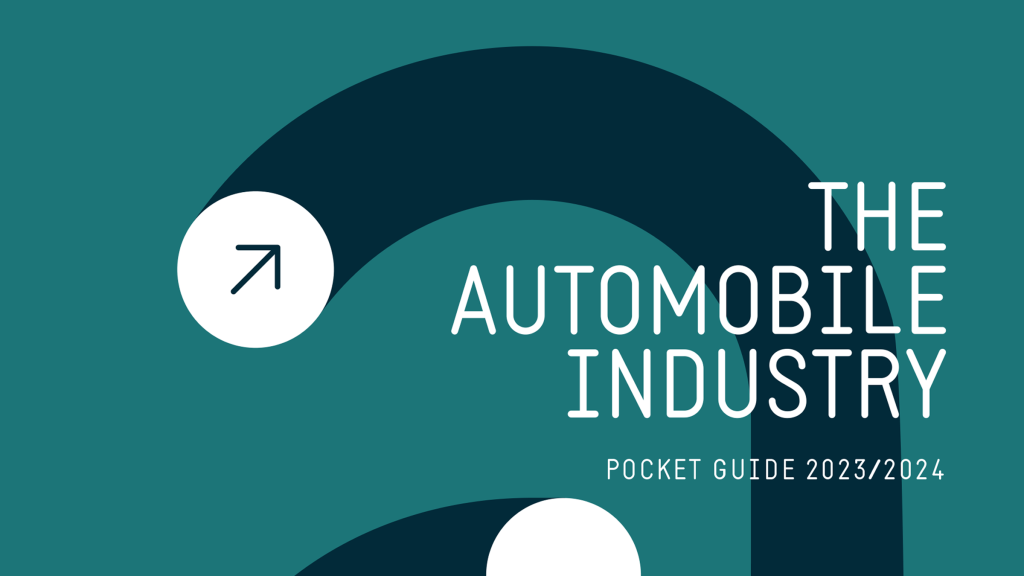Report – Vehicles on European roads

ACEA’s ‘Vehicles on European Roads’ report is the go-to publication for the latest data on vehicles in circulation on Europe’s roads.
In addition to revealing the number of vehicles on Europe’s roads, this report also includes other key data, such as the average vehicle age, vehicle power types, vehicle ownership, and more. Complementing ACEA’s regular car, van, truck, and bus sales updates, this unique report provides a snapshot of what the ‘fleet’ of vehicles on Europe’s roads looks like.
Top insights
- There are 252 million cars on EU roads in 2022, a 1% increase from the previous year
- Despite battery-electric sales reaching all-time highs in 2022, only 1.2% of cars on EU roads are battery-electric
- There are over 30 million vans on EU roads, a 1.5% increase from the previous year. France leads the way with the largest number of vans in circulation
- Over 6.5 million trucks are now on EU roads, an almost 2% increase from the previous year. On average, trucks remain the oldest of all vehicle types at 14 years
- There are now over 720,000 buses on EU roads. Battery-electric models comprise over 10% of buses in three EU countries (Ireland, Luxembourg, and the Netherlands)
- Poland has the highest number of cars per 1,000 inhabitants, while Latvia trails with the least
The report demonstrates that while legislative targets can help steer change, this is only part of the puzzle for decarbonising road transport. Europe needs a broad set of framework conditions, such as charging infrastructure and purchase and tax incentives, to stimulate demand for new models and replenish vehicles on Europe’s roads with the cleanest and greenest models.
Complementing ACEA’s regular car, van, truck, and bus sales updates, this unique report ‘Vehicles on European Roads’ provides a snapshot of what the ‘fleet’ of vehicles on Europe’s roads looks like.
Downloads
Copyright notice
Reproduction of the content of this document is not permitted without the prior written consent of ACEA. Whenever reproduction is permitted, ACEA shall be referred to as source of the information. Quoting or referring to this document is permitted provided ACEA is referred to as the source of the information.
Disclaimer
This information was presumed to be correct at the time of publication. However, ACEA is not responsible for any inconsistencies or errors in the data.


